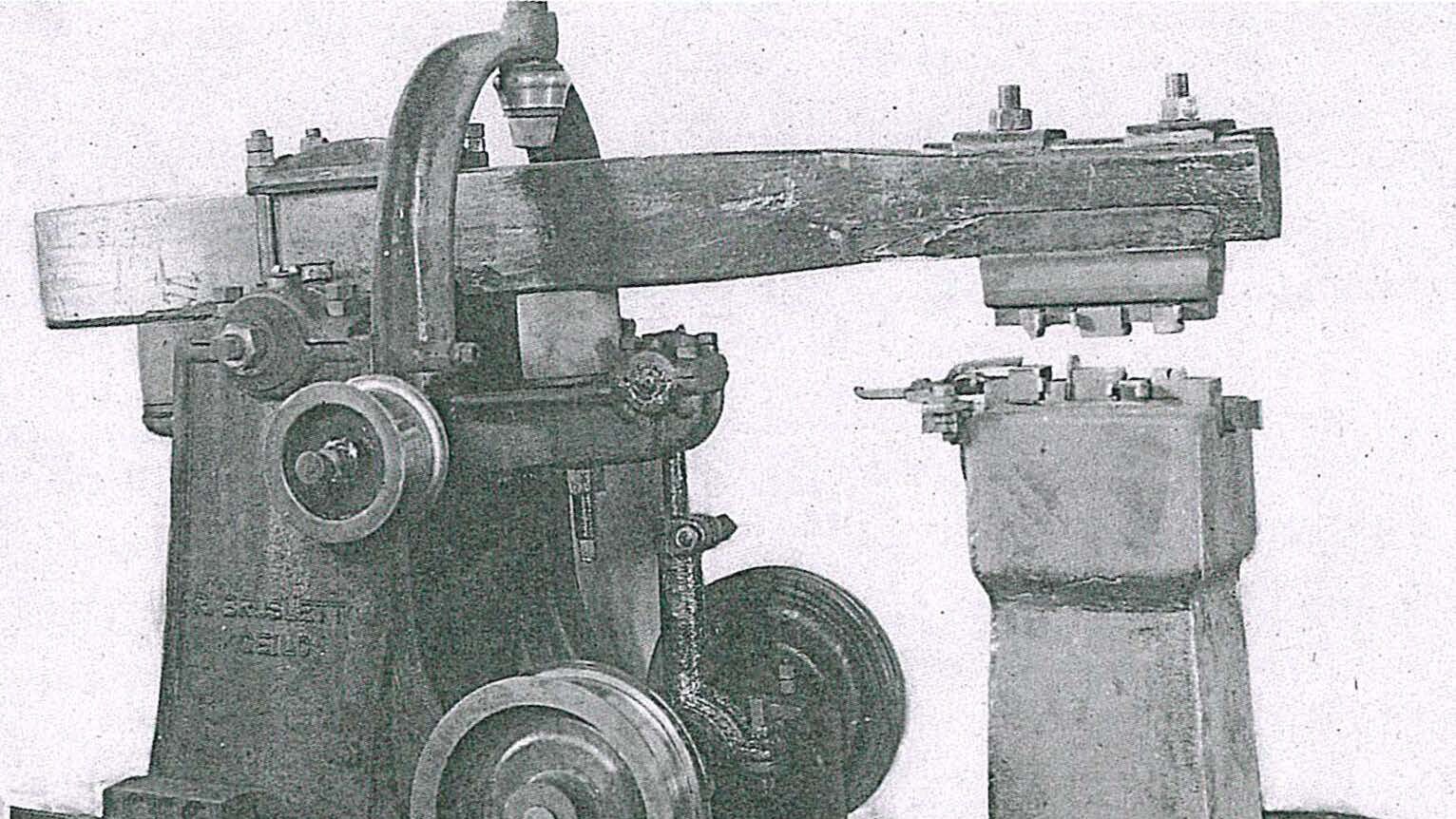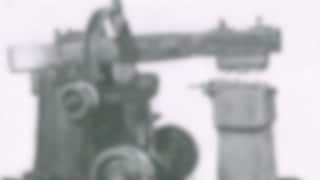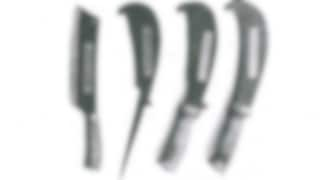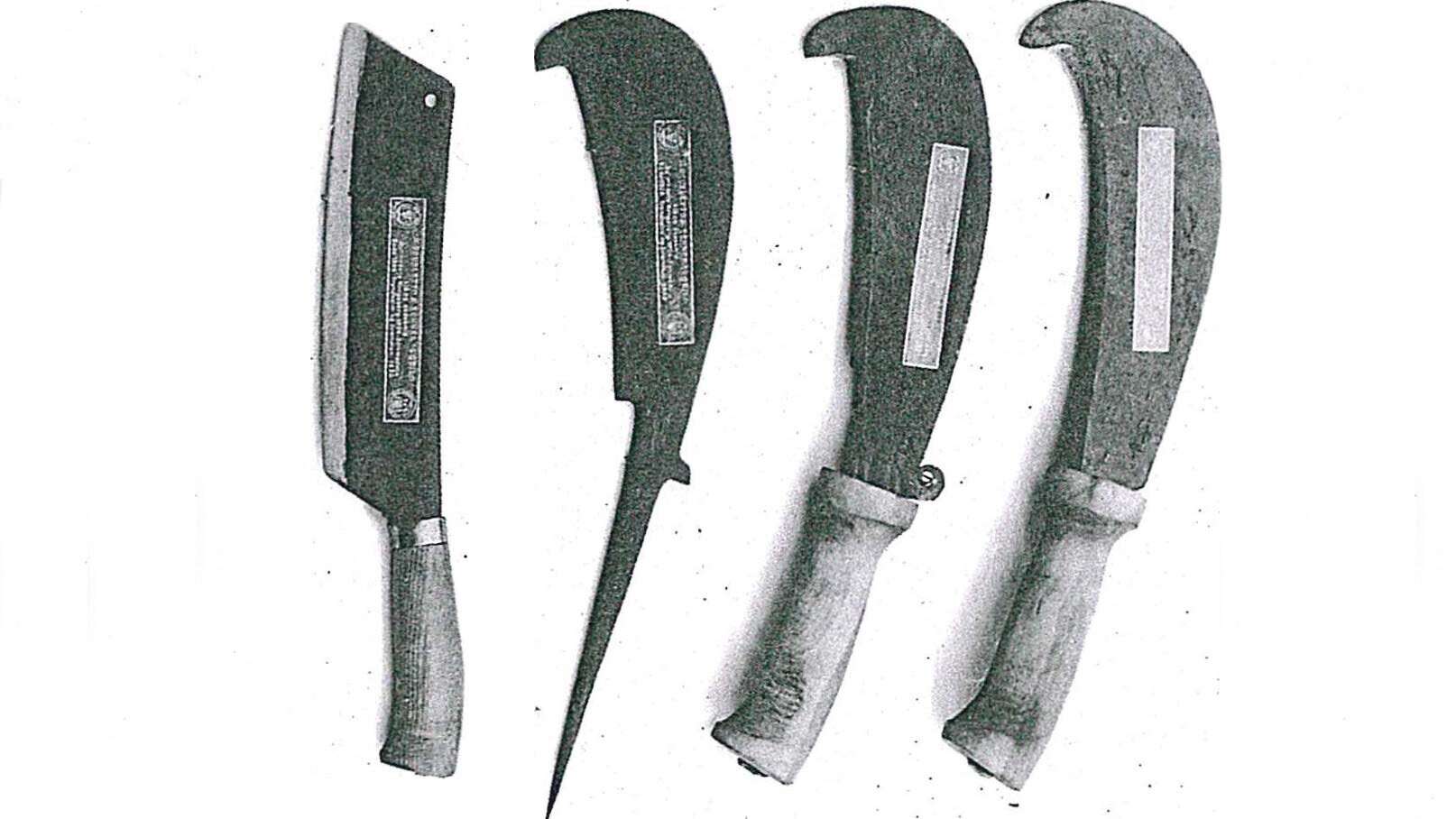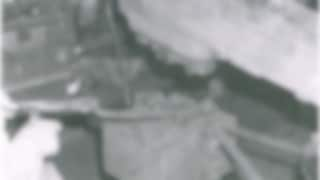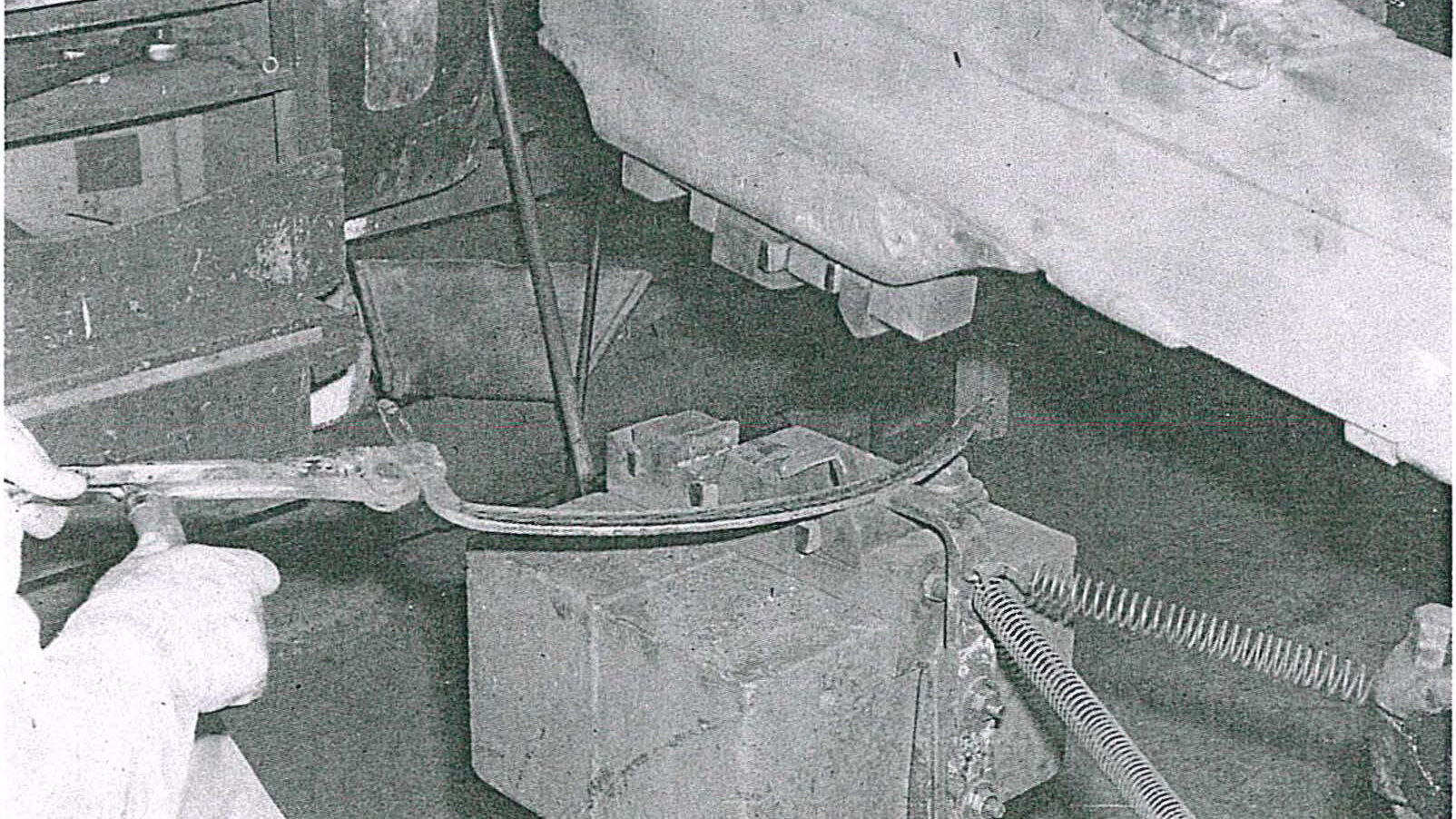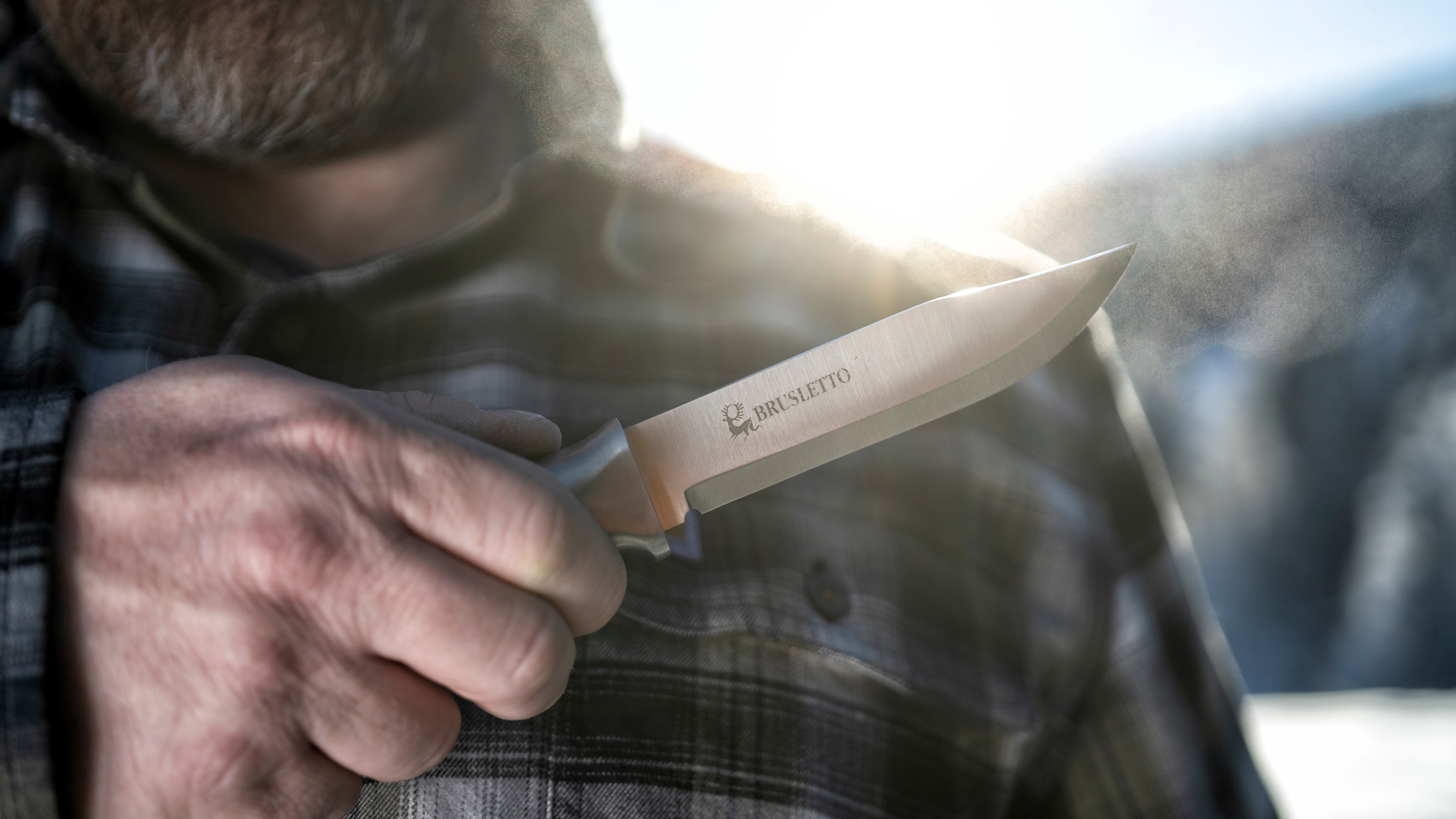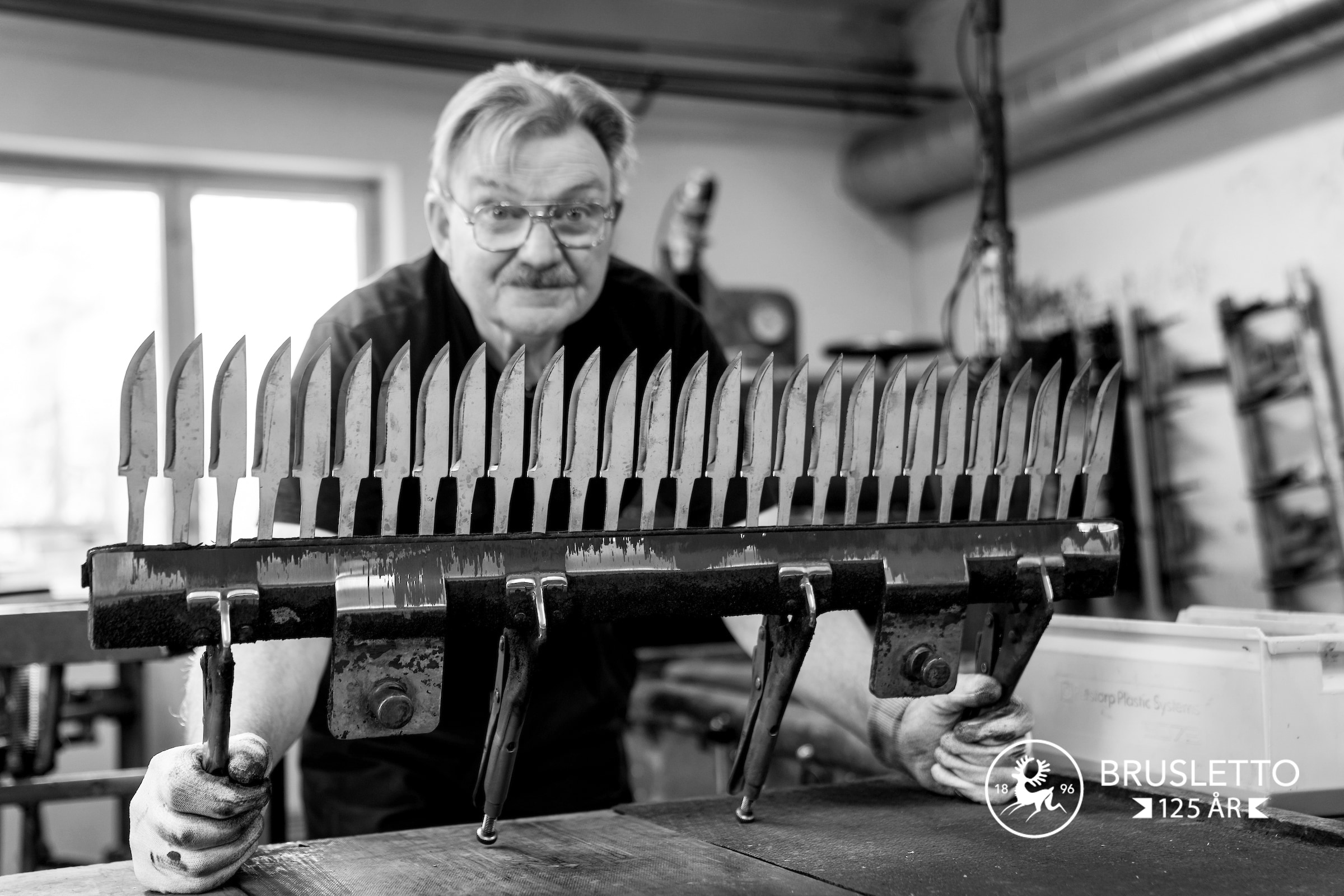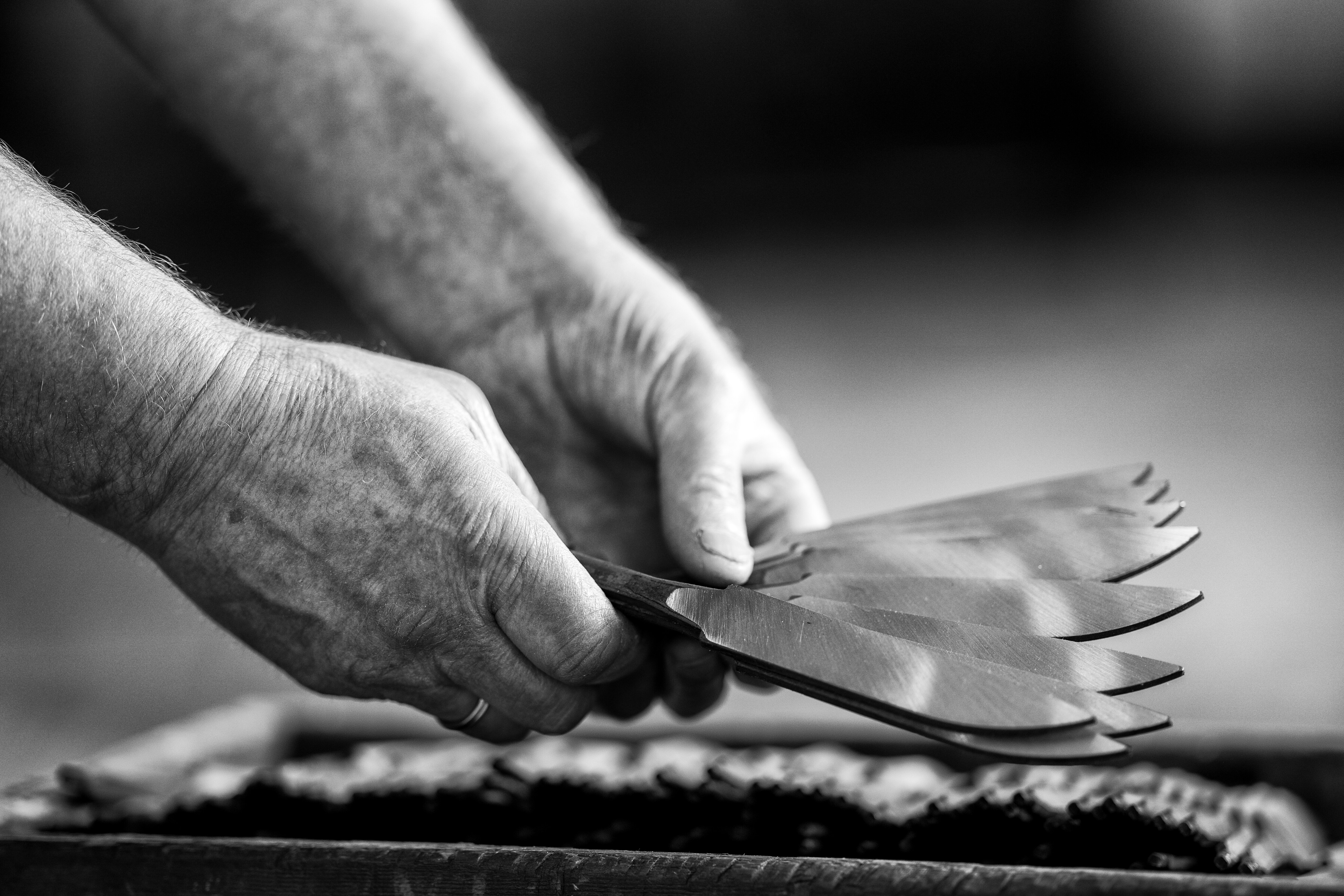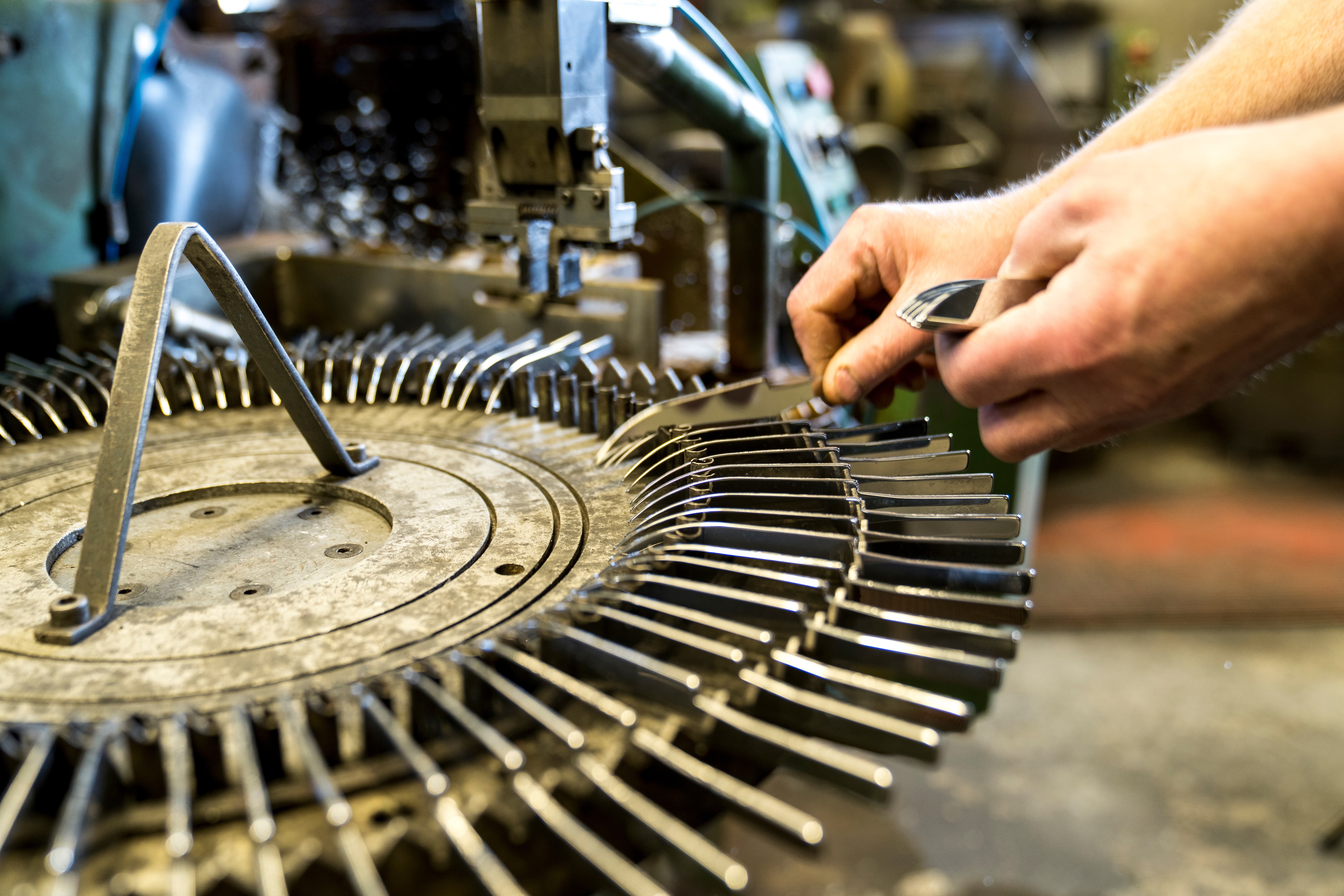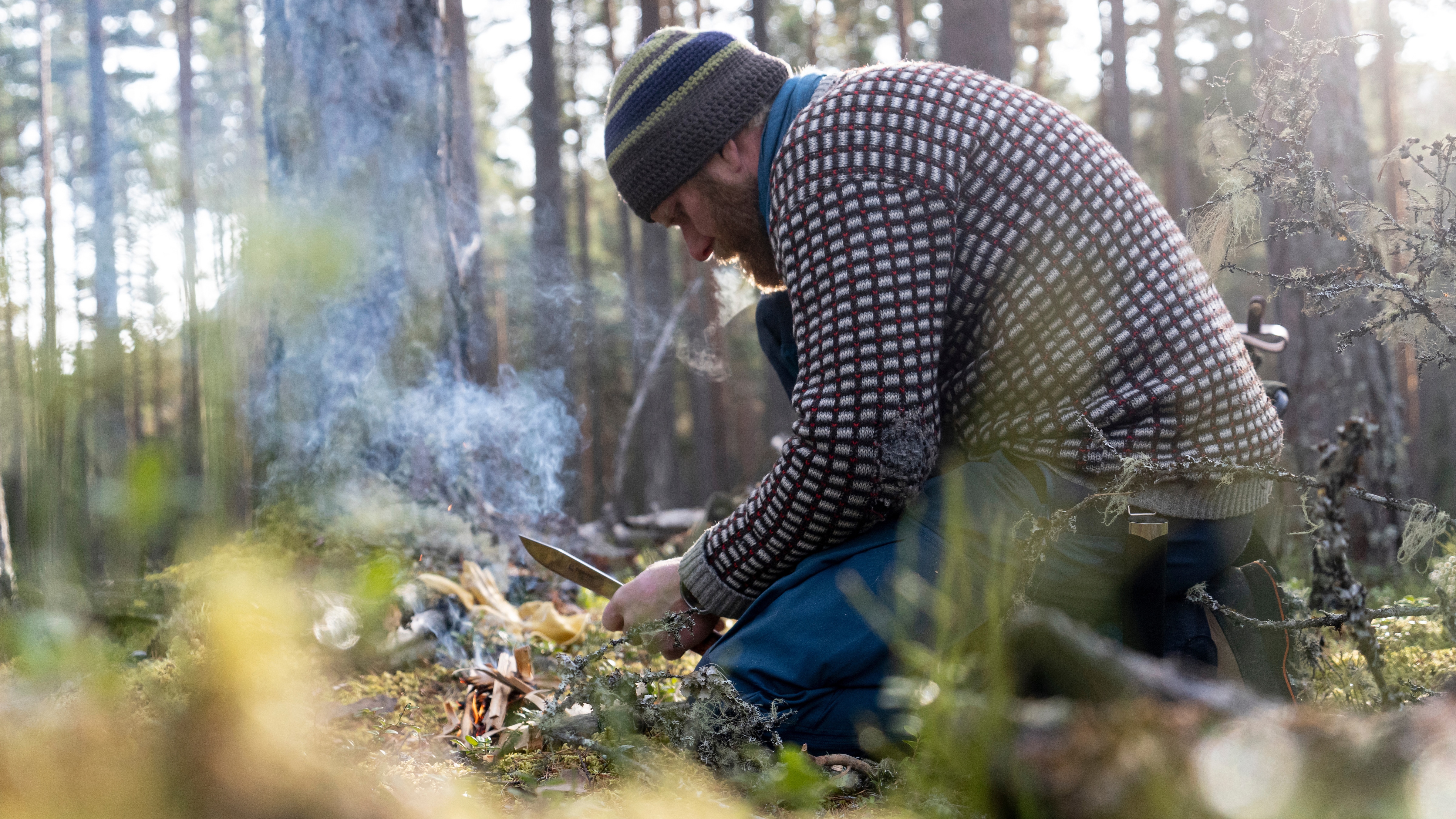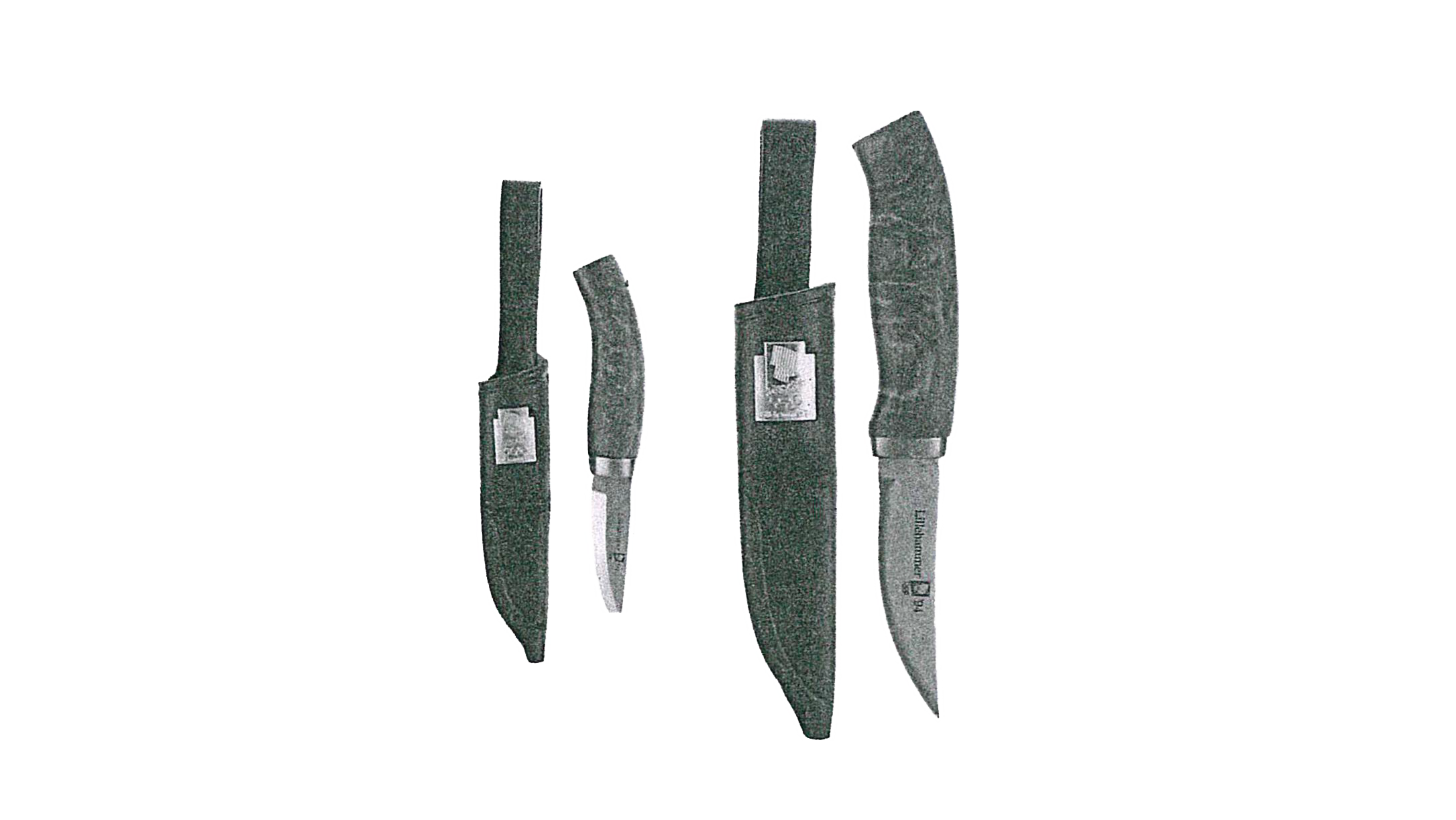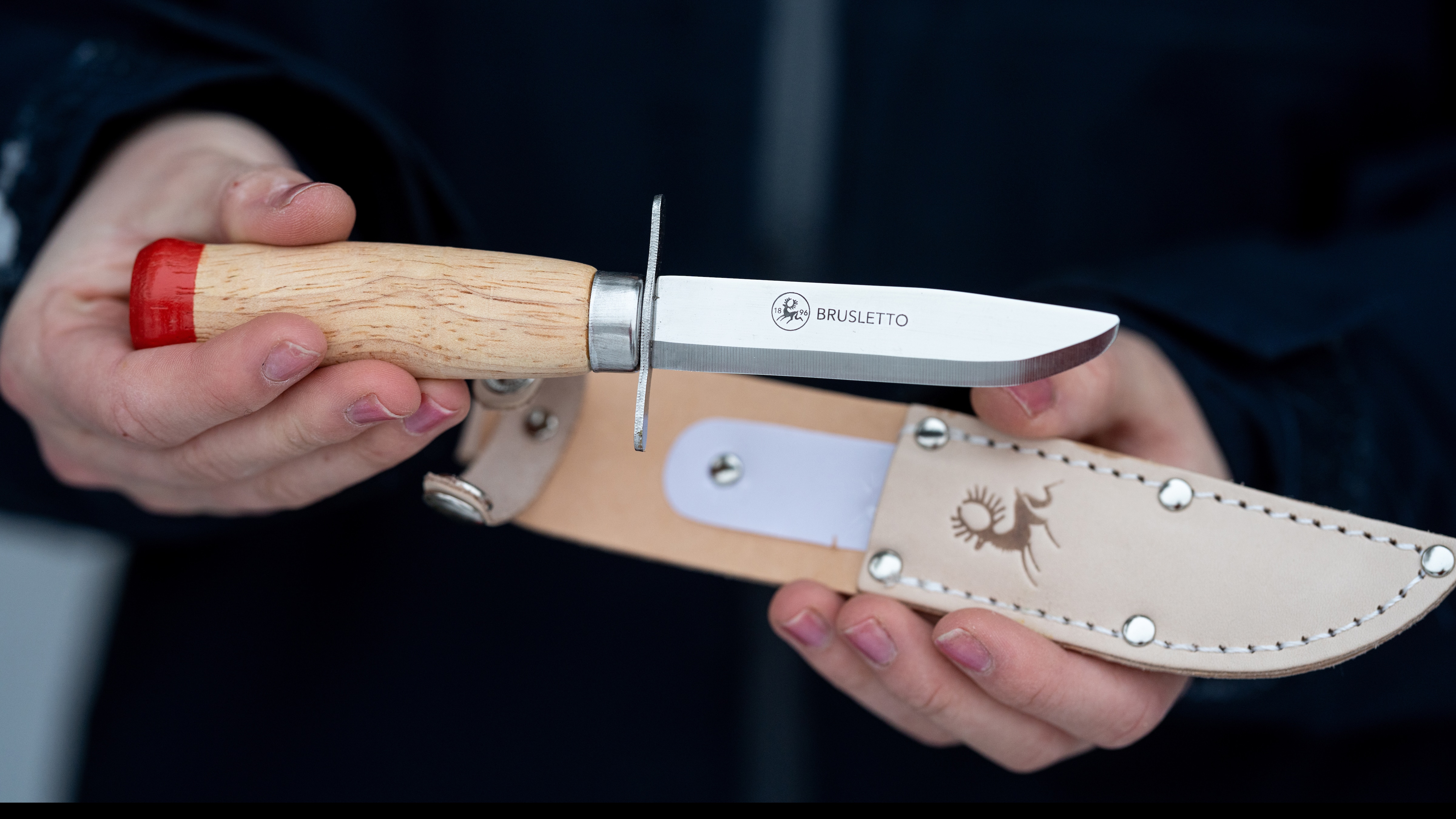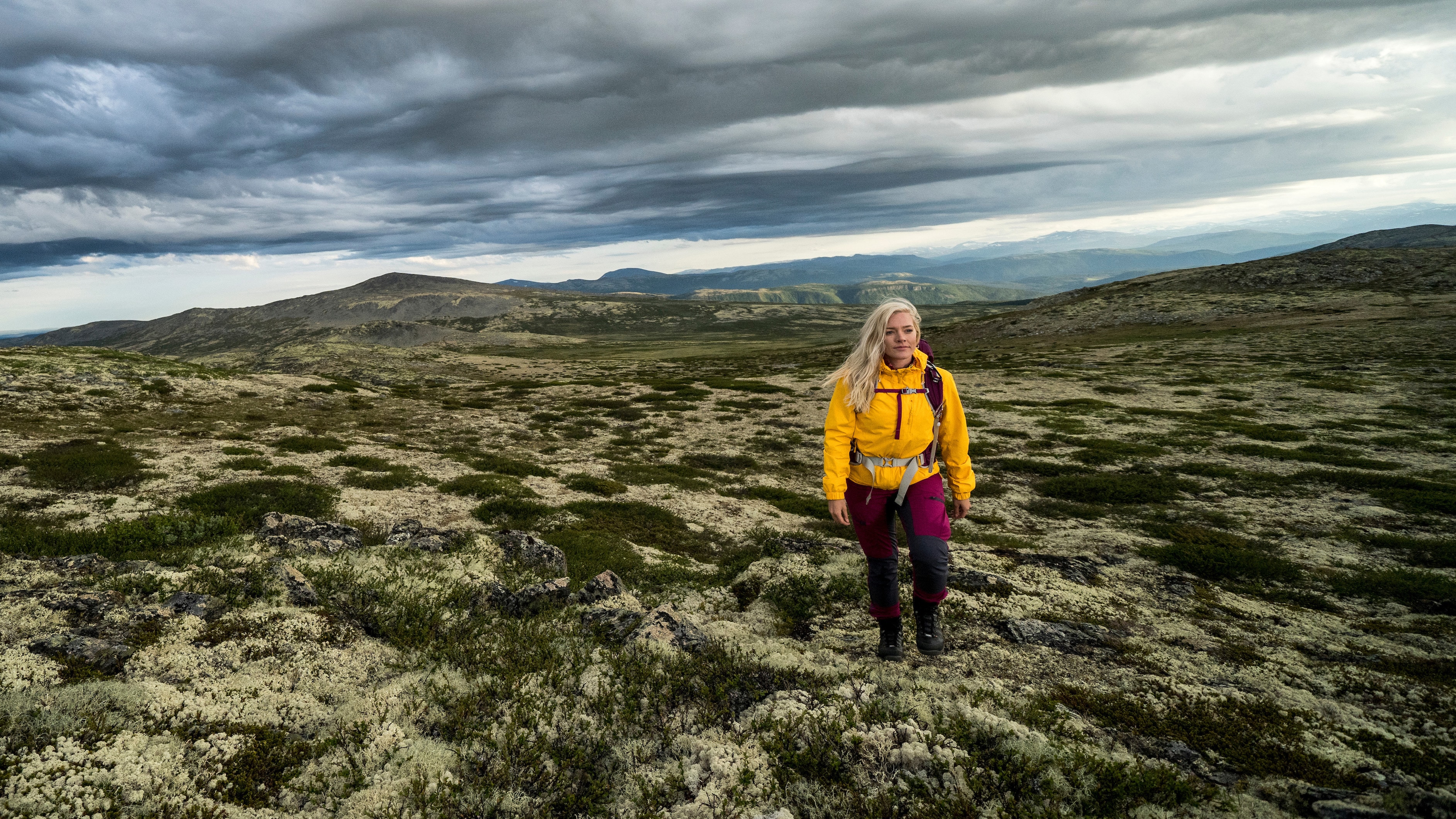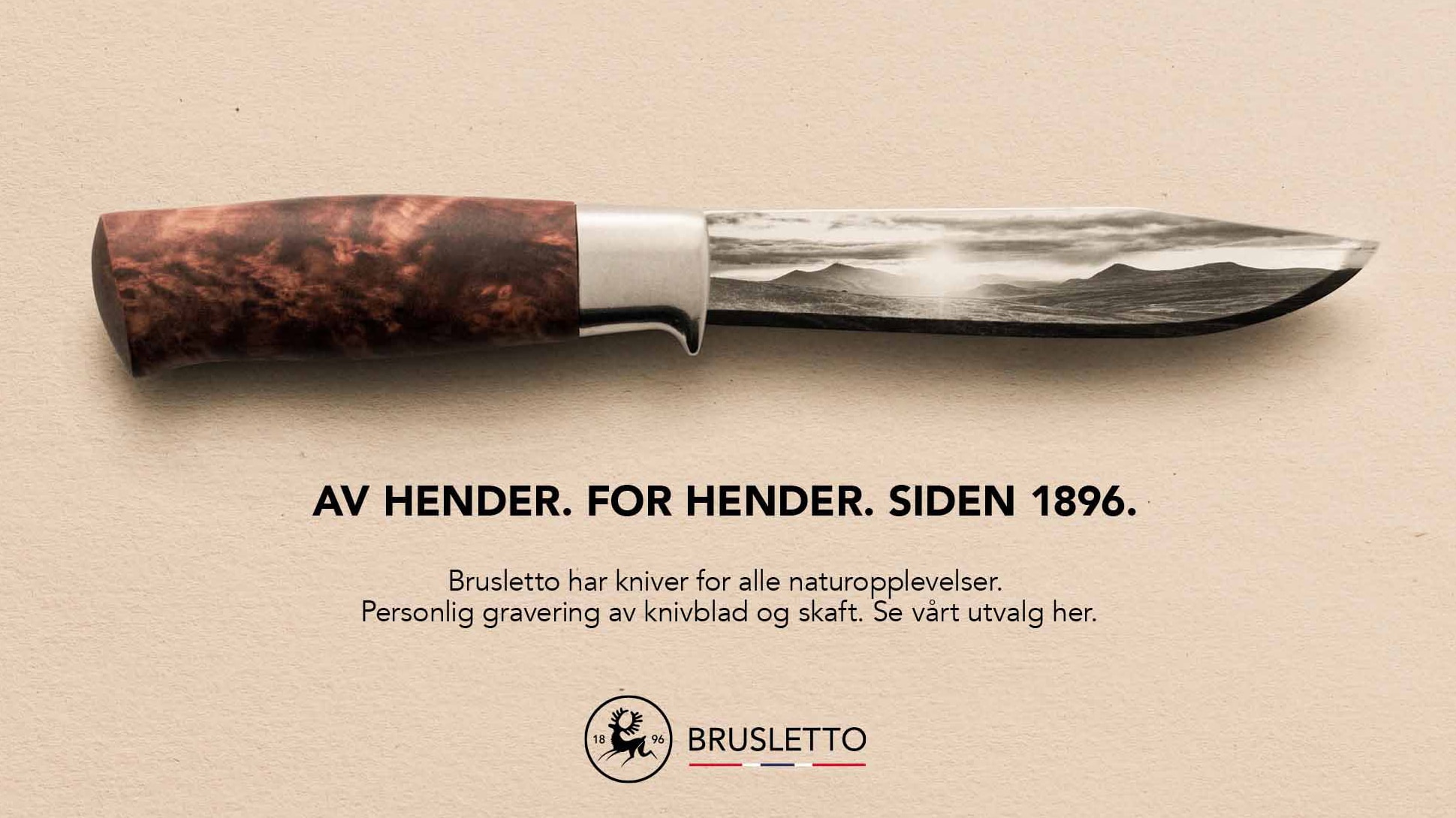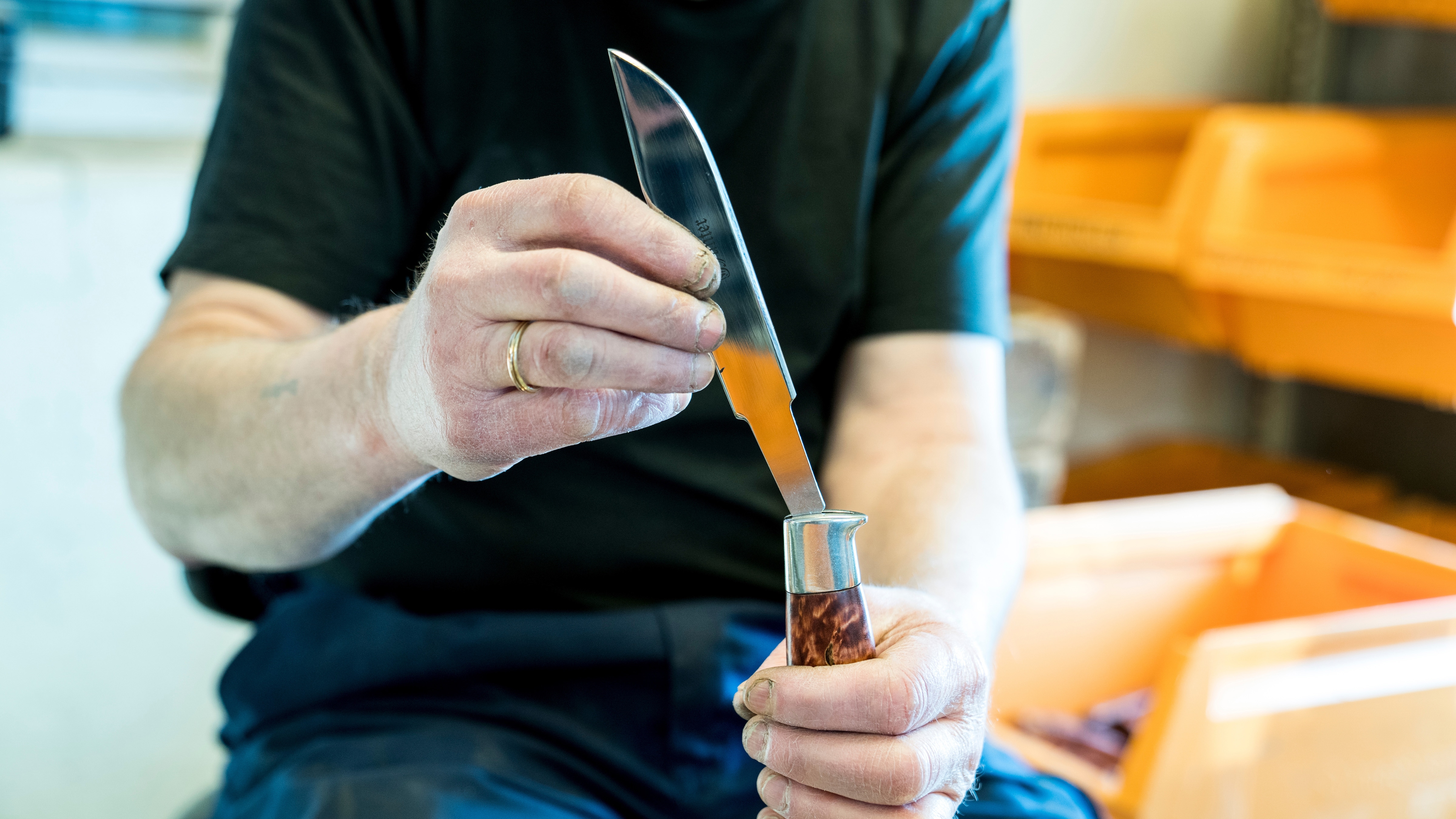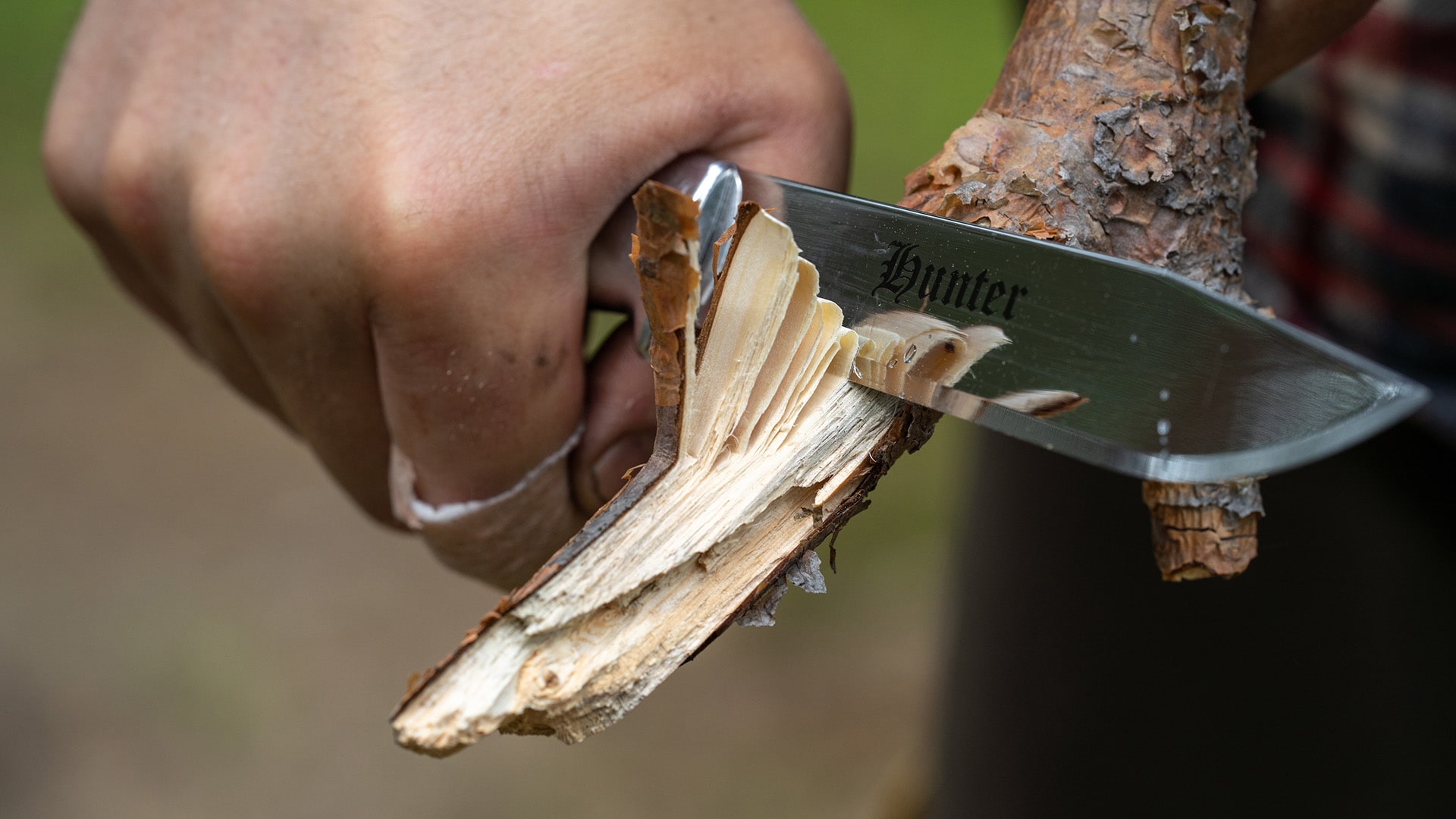Our History
The History of Scythe Production
The story began during a coffee gathering during the Christmas holidays of 1895 at Rognald Brusletto's house. Sjugurd Endrestøl and Knut Øyo sat around the kitchen table discussing how they could make the scythe forging work easier and more mechanical. Rognald Brusletto suggested that they should invest in a power hammer for the steel insertion, the heaviest part of the scythe work. The neighbors were skeptical and doubted whether the scythes would be as good with mechanical help as with manual labor. However, Rognald Brusletto was convinced that a power hammer could do the job just as well.
After the mentioned coffee gathering, Rognald Brusletto began developing models for such a hammer. He had them cast by H.S. Lund in Kristiania, and the first power hammer in Hol was installed around St. John's Day the same year. Soon, a new type of hammer sound could be heard from the forge by Budøla in Magnhilåa. The traditional scythe forging was on its way to mechanization. This was the first power hammer in Hol. The scythes were so good that the following year Knut Øyo ordered his own power hammer from Rognald. In total, ten such Brusletto power hammers were made. The agreement between Øyo, Endrestøl, and Brusletto was that Brusletto would take the hammers back if they did not work. After a while, the hammers came back from Øyo and Endrestøl, but it was because they had not lubricated them. Thus, Rognald was left with the hammers and began producing scythes himself. Although he had limited knowledge of scythe forging, he learned what was necessary.
Scythe production went well, and Brusletto expanded the business and hired more people. A 12-horsepower crude oil engine was installed for winter operation, but the use of the power hammer could still be further developed. The question was how. In the summer of 1912, Lars, Rognald's son, worked in the forge and presented a scythe he had completed entirely with the power hammer. He had tried turning the scythe during the finishing, and it turned out that this was the crucial step that had previously been missing. Rognald then realized that the scythe work would become even more rational and cost-effective. The new technique increased production and gave Brusletto an advantage over competitors. In the winter of 1912-1913, five people worked in the forge, sometimes in shifts to maintain work for up to 16 hours a day. Olav Brusletto traveled around marketing the products. There was a need for new premises, so the decision was made to build a new workshop in Øinefoss. There, they installed a 25-horsepower turbine and six power hammers. Shortly after, Rognald Brusletto brought his sons and friend Sigurd Haugen into the business under the name R. Brusletto & Sønner. He was confident that the business had a promising future.
In the 1920s, the factory produced many scythes for Norwegian farmers, but the challenge was that the farmers did not have money until they sold their goods in the fall. Brusletto's products were delivered in the spring, but the profit did not come until the fall. During the entire winter half-year, the factory had no income. The employees received advances on their wages, while several of the owners did not take out wages until payment for the goods came in the fall. Scythe production remained the main business for R. Brusletto & Sønner, but competition for scythe customers was tough. Therefore, the company continued to improve the production process. Around 1930, they began hardening and casting the scythes in electric ovens, and in 1937, Martin Brusletto constructed an electric heating oven for the scythes. This method has been used ever since. At that time, 13 people worked in the forge.
In 1939, the factory sold 23,500 scythes and delivered agricultural tools throughout the country and to Iceland. The turnover in 1941 reached 167,269 kroner, including the sale of scythes, sickles, knife blades, carts, wheelbarrows, and other smaller products. That same year, they had 20-24 employees. Martin Brusletto also developed the first patent for the brush scythe, which became a success, but after the patent period expired, it was copied by both Norwegian and foreign manufacturers. From 1985 to 1996, they only produced scythes with stamped blades. The demand for scythe blades decreased, so they chose to sell this part of the production to a company called Hamre in Etne, which also produced scythe blades.


